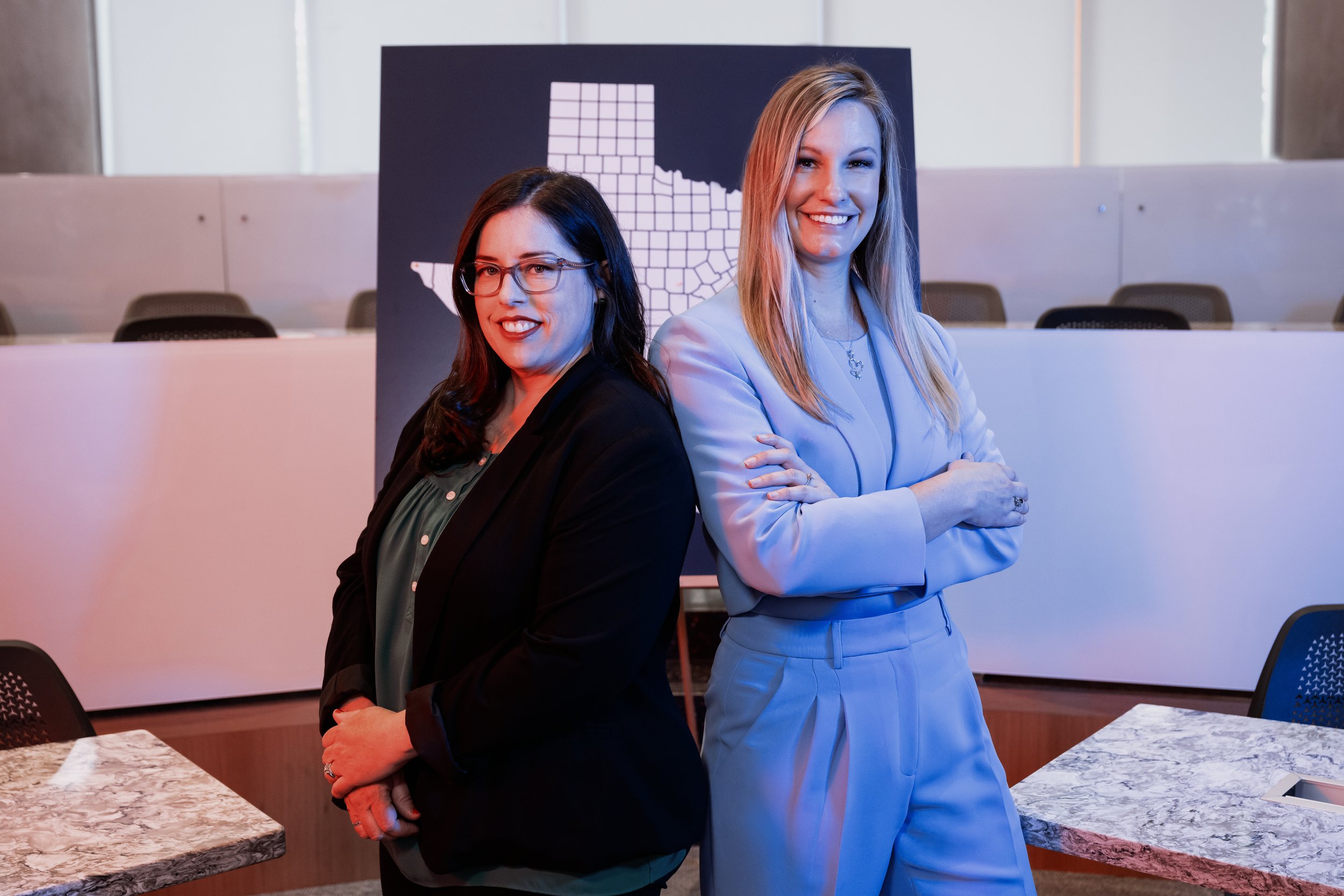
Shedding Light on Texas’ Overdose Problem
Suzannah Creech, Ph.D., & Kasey Claborn, Ph.D.
The opioid epidemic continues taking lives across the United States, with overdose deaths increasing rapidly in the past decade.
Collaborations between clinical professionals and social service teams are building tools to illuminate a poorly understood problem — and to support those who have been working in the dark.
2021 saw drug overdose deaths in Texas nearly double from data collected just five years prior — and that’s not even the whole story.
“When I got to Texas in 2017, people kept telling me there wasn't much of an opioid problem here,” says Kasey Claborn, Ph.D., assistant professor in The University of Texas at Austin’s Steve Hicks School of Social Work and director of its Addiction Research Institute. “They said that we didn't have an epidemic in Texas, that that was a Northeast problem that our data didn't support. But the stories told by community-based organizations and outreach teams were completely different than what the data were saying.”
Partnerships
- Steve Hicks School of Social Work
- Dell Medical School
In 2019, funded by the Texas Health and Human Services Commission, Claborn led a team in developing TxCOPE, or Texans Connecting Overdose Prevention Efforts, a digital platform that uses community-engaged research methods to collect overdose data from nontraditional, front-line reporters. Its superpower: When combined with standard data sources like hospital records, it paints a more accurate picture of the state’s opioid problem. In 2021, TxCOPE received an international award from Google Cloud for innovation and social impact potential. It is now formally enrolling community-based health nonprofits and resource centers across Texas, kicking off a crucial period of data collection that will inform statewide policies and resource allocation.
“What keeps me up at night is not just everyone we've lost but the realization that a lot of our policies and a lot of our response efforts actually do more damage than good,” Claborn says. “If we can use these data to make some real progress toward getting hardest-hit regions and populations the help they need, it will be worth it.”
Turning the Lens to Front-Line Workers
On the team is Suzannah K. Creech, Ph.D., Dell Medical School’s assistant dean of research, who oversaw the study design as interviews were conducted across communities to build TxCOPE. Creech, whose research primarily focuses on trauma and PTSD, quickly noticed trends in the data.
“As we were doing all these interviews with harm reduction workers and others, what I was hearing every day were stories about trauma and stress,” Creech says. “And we found that while many interventions were deployed to support front-line workers postpandemic, those who led substance use treatment and harm reduction weren't considered front-line workers, even though they were the ones who were on the streets during COVID, risking their lives to do syringe service exchange and other things that nobody knew about or talked about because substance use is so stigmatized.”
Creech is now the principal investigator for a collaborative, $900,000-plus grant from the National Institute on Drug Abuse — the first of two at UT to be awarded as part of the NIH HEAL Initiative — studying how to adapt and pilot a tool called Stress First Aid for harm reduction workers. Relying heavily on peer support, Stress First Aid has been successful in traditional health care settings and other high-stress occupations like military service.
It’s one of the first studies in the U.S. to look specifically at the burden of front-line workers as a key to sustainable progress in combating the opioid epidemic. And as future phases of work stand to unlock nearly $3 million in additional funding, it’s putting the state on a fast track toward real progress.
“Neither Kasey or I are content to just do a study and publish it,” Creech says. “Our goal is to gather information with interventions already in mind, and we are always thinking about scalability and implementation.
“There’s an old statistic about original research findings taking an average of 17 years to reach clinical practice. One pathway to getting things into practice faster is to think about your end goal at the very beginning and to think about scalability from the get-go. This is something we could scale nationally within a decade, helping workers and patients who have needed this type of support for so long.”

